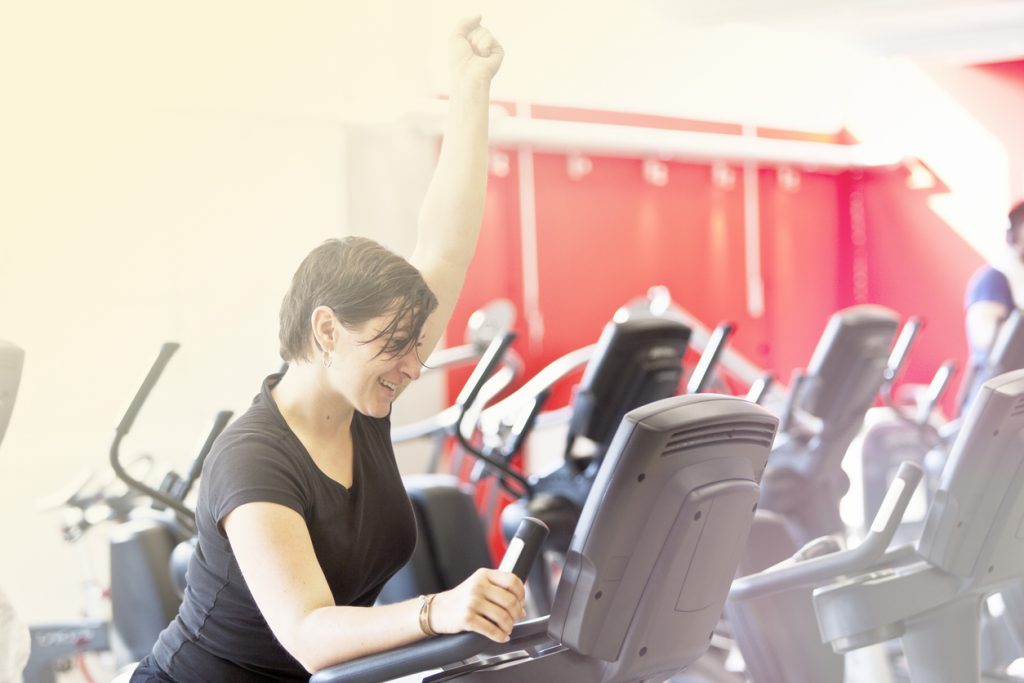Rehabilitation is more than movement science. The APTA-endorsed Movement System approach foundationally recognizes the concept that how we choose to move is shaped by our physiology, our experiences (observations of others, past success or failures), perceptions, and the task at hand. Over the last 5-8 years, rehabilitation has evolved dramatically in our appreciation of the roles that cognition, pain, and perception play in movement. For the person in chronic pain, these forces loom large.
We are beginning to see chronic pain as more about opportunities and potential, than about terms that could have been bandied in the recent past, such as: dead-end, hopeless, a choice, or worse. People that are experiencing chronic pain may have an accurately-formed low expectation of the medical community – yet another opportunity, if we choose to see it in this manner.
This preface is necessary for us to consider the main question – can we overcome the cycle of chronic pain (of which addiction to an opiate may be just a part), through a structured course of successes, releasing dopamine?
Dopamine is a neurotransmitter inasmuch as it is a neuromodulator. Dopamine can be released when we experience a success – if that event was novel, significant, and surprising. Arriving safely to work on a routine bicycle commute for the 80th day in a row, is not as likely to produce a release of dopamine, as much as (even when the distance travelled on the bike is the same):
- cycling while engaged in a great conversation with a friend that you had not expected to meet on the road today, or,
- arriving in a closely contested but surprising placement of third place at the end of a bike race.

Your patients have a reward center that is dopamine-based. Are you a skilled-enough therapist to convert their pain-avoidant choices in movement (choosing how little or much to move, and how to and not to move) into a series of successful and cumulative experiences? Can you create meaningful tasks that are both salient to the person, functional, and regularly experienced (repetitions in life) that are surprising enough to release dopamine? Can you push the pendulum back toward the concept that movement is both good and can be rewarding, rather than the reverse?
Three pain-free consecutive repetitions of retrieving a 15 pound backpack from 20” high, then lifting and donning it, readying for a hike – can be the literal first steps that form a new pathway, leaving the well-trodden expectation that all movement equals pain. Again, can we be creative enough to follow a great therapeutic exercise, or manual therapy session immediately with such an experience? Imagine overtraining a patient for this experience, doing 3 sets of 8 repetitions at 20lbs, and then immediately following with the backpack experience. Go one step farther with each of your patients, to see the person. To learn what available routes you can travel to access their dopamine reward centers: competition, avocation, recreational travel, vocation, and family roles are but a few of the too-often untapped opportunities.
On the subject of therapeutic exercise, there is proven merit in nonspecific exertion that is of moderate intensity. We cannot do this subject justice in this forum, yet suffice to say that BDNF (brain-derived neurotrophic factor) and IGF (insulin-like growth factor) are supportive to neuroplastic growth (learning) and can be released with exertion. The relative subtypes and levels of BDNF and IGF are person-specific and can be moderated by age, as well as disease.
Dopamine reward loops are too broad of a topic to cover comprehensively in this blog. Suffice to say that we can strengthen our habitual responses and procedural memories (how we move without thinking) through neuroplasticity, that is ultimately chemically-attracted by and reinforced through the release of dopamine, among other neurotransmitters.
